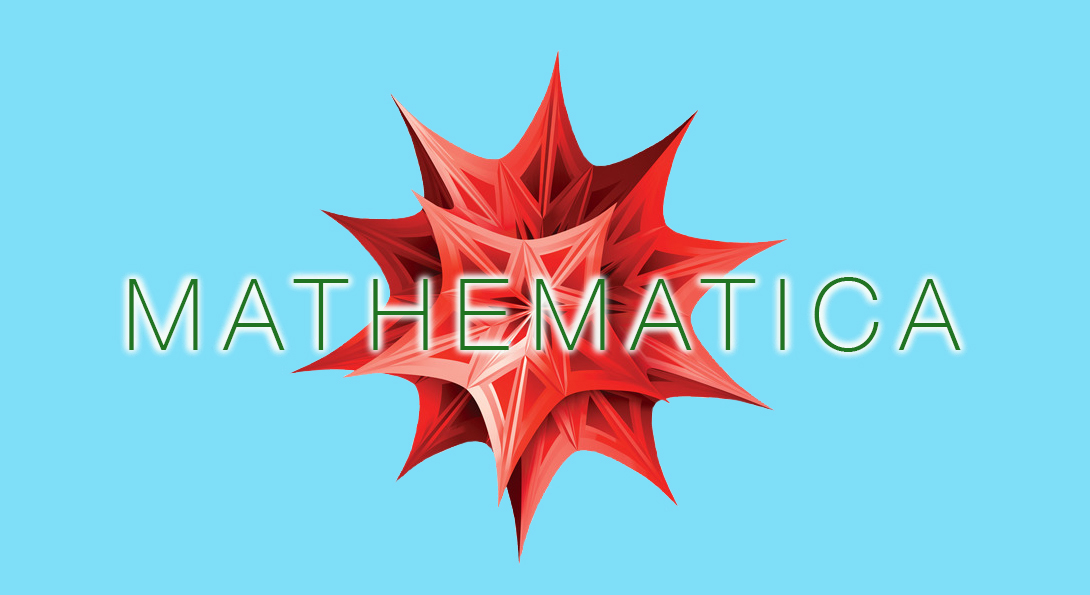Exploring the Power of Mathematica: From Data Analysis to Complex Calculations
Mathematica is a computational software program used in the domains of science, engineering, mathematics, and finance. Mathematica's vast capability allows it to conduct sophisticated calculations, visualize data, and solve problems in a variety of areas.
In this tutorial, we will look at Mathematica's capabilities in two areas: data analysis and sophisticated computations. First, we'll go through how to utilise Mathematica for data analysis, including importing, cleaning, and visualising data. We will also go over some of Mathematica's advanced features, such as machine learning and statistical analysis.
Next, we'll look at complicated computations, where Mathematica really excels. We'll look at Mathematica's capabilities for solving differential equations, performing symbolic transformations, and dealing with matrices and tensors. We will also go through some of the more specialised applications of Mathematica, such as physics, chemistry, and finance.
We will present examples and demonstrations of Mathematica in action throughout the text, showcasing its adaptability and strength. This article will show you how Mathematica may help you solve issues and reach your goals, whether you are a scientist, engineer, mathematician, or financial analyst.
Mathematica is a strong mathematical and scientific computer software programme that may be used for a broad range of activities, from simple data processing to complicated computations. Here are a few samples of what Mathematica can do:
Data Analysis: Mathematica has a number of sophisticated functions for importing, processing, and visualising data. Data may be simply imported from a number of sources, such as CSV and Excel files, SQL databases, and online APIs. Once you've entered your data into Mathematica, you may use built-in functions like Mean, Median, and StandardDeviation to compute basic statistics, or more complex algorithms like FindClusters and DimensionReduce to find patterns in your data.
Symbolic Calculations: Mathematica excels at doing symbolic calculations, which require manipulating algebraic formulas without numerically evaluating them. Mathematica, for example, may be used to simplify complex expressions, solve equations, and compute derivatives and integrals.
Numerical Calculations: Mathematica includes sophisticated built-in capabilities for numerical computations in addition to symbolic calculations. These functions may be used to solve linear and nonlinear equation systems, determine eigenvalues and eigenvectors, and simulate complex systems using differential equations.
Visualisations: Mathematica has support for a variety of visualisation forms, such as 2D and 3D graphs, histograms, scatterplots, and more. You may use a variety of choices to customise the appearance of your visualisations, and you can even use the Manipulate tool to create interactive visualisations.
Machine Learning: Mathematica also offers built-in machine learning functionality, such as functions for training and assessing neural networks, clustering data, and conducting classification and regression tasks.
Symbolic and Numeric Linear: Mathematica offers a wide range of functions for performing symbolic and numeric linear algebra, such as computing determinants and inverses of matrices, finding eigenvalues and eigenvectors, solving linear systems of equations, and much more.
Image and Signal Processing: Mathematica contains strong image and signal processing tools that allow you to handle and analyse digital pictures and signals. For example, you may do image filtering and transformation with functions like ImageFilter and ImageTransformation, or perform signal analysis with the built-in Fourier and Wavelet functions.
Optimisation: Mathematica provides a wide range of optimisation features, such as linear programming, quadratic programming, nonlinear programming, and mixed-integer programming. These functions may be used to tackle a broad variety of optimisation issues, from basic linear programmes to complicated nonlinear problems.
Computational Geometry: Mathematica has computational geometry support, which allows you to execute operations on geometric objects such as points, lines, and polygons. Convex hulls and Voronoi diagrams of sets of points, for example, may be computed using functions like ConvexHull and VoronoiDiagram.
Financial Analysis: Mathematica also provides significant financial analysis features, including functions for determining current and future values, doing portfolio optimisation, and simulating financial models. Analysts and traders can utilise these services to make educated investment decisions.
Overall, Mathematica is a very adaptable tool that may be utilised for a wide range of tasks. Its user-friendly design and comprehensive set of features make it an indispensable tool for researchers, engineers, and anybody dealing with mathematical and scientific data.
Use the Web Version by Clicking Here - Wolfram Cloud


Comments
Post a Comment